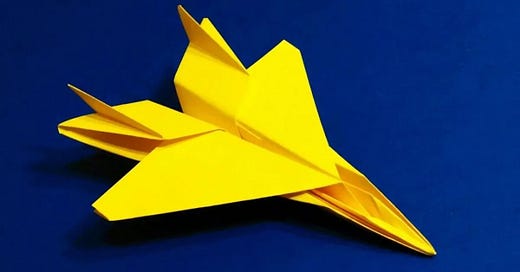Playful learning step-by-step: Step1, getting inspired
A step-by-step guide to help any kid learn something new playfully.
Enough theory, it’s time to practice!
Find something you would like your child to learn?
Perhaps something you think he/she will love for sure, or something you like and want to share a common interest, or something you want to learn together, or something complementary to what he/she is passionate about already, or something he/she doesn’t like at all but really needs it (reading, algebra, English…).
This week I have chosen to help Elisa, my 5 years old daughter, learn to play the piano. I have tried and failed many times already but she likes music and singing so much that I am sure she will love playing the piano, too. I just need to be methodical and find the right angle.
Step number 1: Getting inspired
Education is not the filling of a pail, but the lighting of a fire. William Butler Yeats
Together with your child search for the most inspiring videos, music, pictures and/or stories related to the skill to be learnt. A really good one should be enough.
Tip, narrow your search including his/her favorite things and themes: super heroes, princesses, robots, beautiful dresses, adventure stories, space exploration, unicorns, you know it!
Watch it together a few times a day for a whole week and each time discuss why he/she likes it so much.
For inspiring my daughter to learn to play the piano we searched on social media (youtube, instagram, tiktok) for her favorite animated movies soundtracks played on a piano by a girl wearing a nice colourful dress. How cliché! I know but this is what she likes, so be it. We quickly found a video of a girl dressed like Jasmine from Aladdin, singing “Speechless” while playing the piano.
A different example. I was personally inspired to learn mathematics when I heard a tale about Gauss, the brilliant mathematician. When Gauss was still at primary school, his teacher asked his class to add together all the numbers from 1 to 100, assuming that this task would occupy them for quite a while. He was shocked when young Gauss, after a few seconds thought, wrote down the answer 5050. The teacher couldn't understand how his pupil had calculated the sum so quickly in his head, but the eight year old Gauss pointed out that the problem was actually quite simple. He had added the numbers in pairs - the first and the last, the second and the second to last and so on, observing that 1+100=101, 2+99=101, 3+98=101, ...so the total would be 50 lots of 101, which is 5050.
What will you be looking for? Let me know in the comment section below.
Stay tuned for step 2 coming next week!
Thanks for reading. I hope you enjoyed it!



